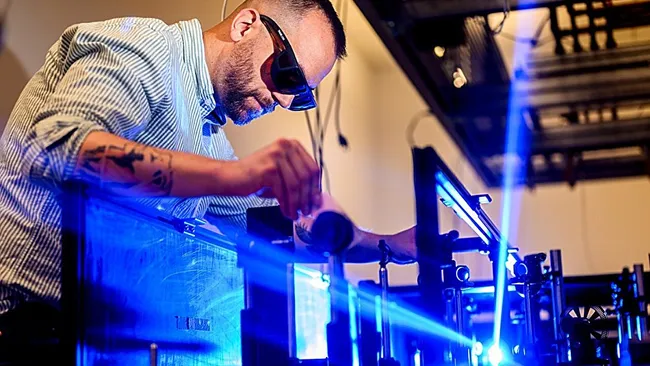The backbone of modern electronics has been silicon for decades, enabling the functionality of smartphones and supercomputers. With device miniaturization, however, the need for speed is increasingly pressing. Scientists are in a race to find a successor that can transcend the boundaries of conventional computing. This, however, might now be possible with a breakthrough in quantum materials.
A “hidden metallic state” has been discovered in a quantum material called 1T-TaS₂ which is capable of processing information a thousand times faster than today’s silicon chips. By carefully altering the temperature of the material, scientists can switch it from an insulating to a conductive state. This effectively creates an atomic-level ultra-fast, light-controlled transistor. The result is almost science fiction: laptops that boot instantaneously, AI with data processing capabilities in the order of microseconds, and vastly improved energy efficiency in electronics.
Published in Nature Physics on June 27, this discovery could mark the beginning of the end for silicon dominance ushering in a new era of computing power.
The Quantum Material That Defies Conventional Limits
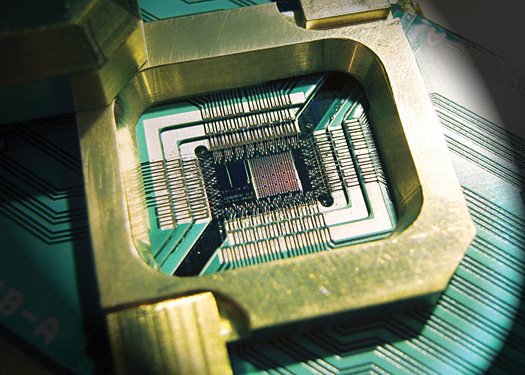
1T-TaS₂, a layered quantum material with special electronic properties, is at the center of this breakthrough. This material can switch between being an insulator and a conductor depending on the temperature. Silicon, on the other hand, needs fixed conductive pathways.
The atomic structure is the most important part. When heated with a laser (a process called thermal quenching), the electrons in the material move around, making it a super-efficient conductor. It goes back to being an insulator when it cools down. This kind of on-demand control has never been seen before. Past attempts only worked at temperatures close to absolute zero and lasted less than a second. Now, scientists have been able to do this at -73°C (-100°F) and keep it going for months.
“Processors work in gigahertz right now. This could push us into terahertz speeds,” says Alberto de la Torre, lead author of the study.
Thermal Quenching: The Light-Speed Switch

The approach taken to make the discovery “1T-TaS2: a success story” was thermal quenching which is simple in theory but groundbreaking in practice. By using ultrafast laser pulses on 1T-TaS₂, researchers can superheat it which allows the material to lock into a metallic state. The light turns off and it cools down; this turned an explosive Shackleton on to a Panglossian which quotes Bob Marley, “Everything’s gonna be alright” so the material can go back to being insulating.
Out of giving the technology light and temperature control, there is no complex wiring to deal with
What makes this method a game changer?
- Speed: Light is the fastest trigger there is; no electrical signal can compete with it.
- Stability: This controlled metallic state lasts forever under stable lab conditions which was not the case in previous experiments.
- The balance of all these factors is what makes the method so revolutionary. It allows researchers to explore previously unreachable frontiers in materials science, unlocking high-speed physics.
Gregory Fiete, one of the study’s authors, says, “There’s nothing faster than light, and we’re using it to control materials at physics’ ultimate speed limit.”
Why Silicon’s Days Might Be Numbered
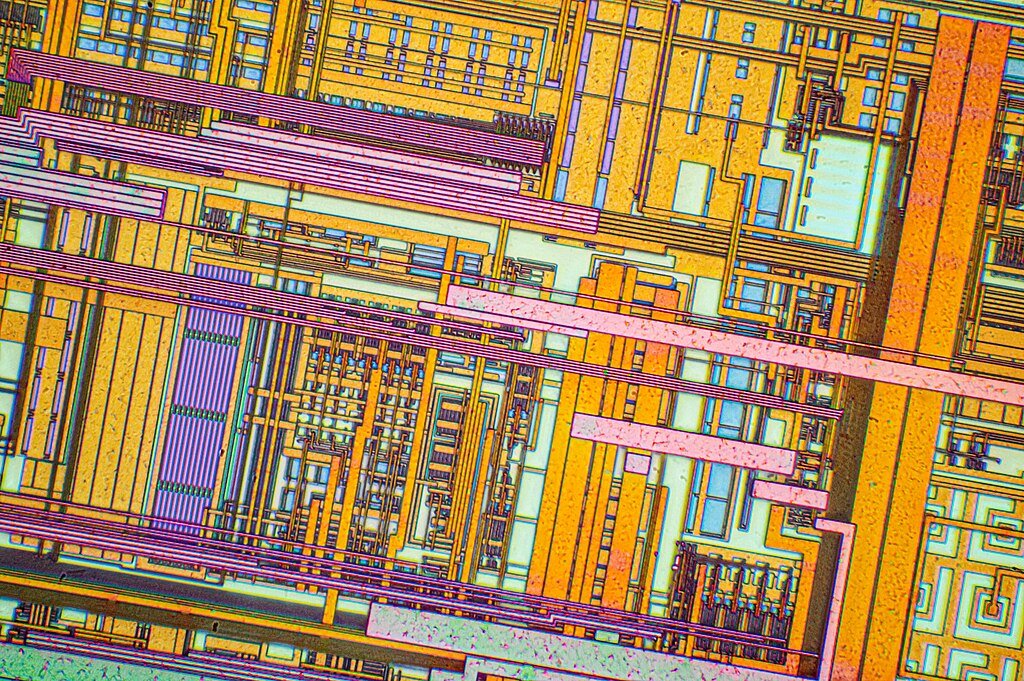
Silicon has made the digital age possible, but it is reaching its physical and thermal limits. Transistors are so small now that quantum effects make them leak, which wastes energy and makes heat.
1T-TaS₂ is a very different option:
- Processing is 1,000 times faster, at terahertz speeds instead of gigahertz.
- Smaller parts: quantum materials can replace several silicon transistors with one structure that can be changed.
- Less energy use: no wasted current from electrons bouncing off of things.
Fiete says, “We get rid of engineering problems by putting everything into one material.”
From Lab to Laptop: The Road Ahead

The results are promising, but there are problems with using them in the real world:
- Temperature needs (for example, -73°C is still too cold for consumer devices).
- Scalability: Can this work in chips that are made in large numbers?
- How do you combine quantum materials with current technology?
Researchers are hopeful. If they can keep the effect stable at room temperature, we might see prototype quantum processors in ten years..
A New Paradigm for Computing
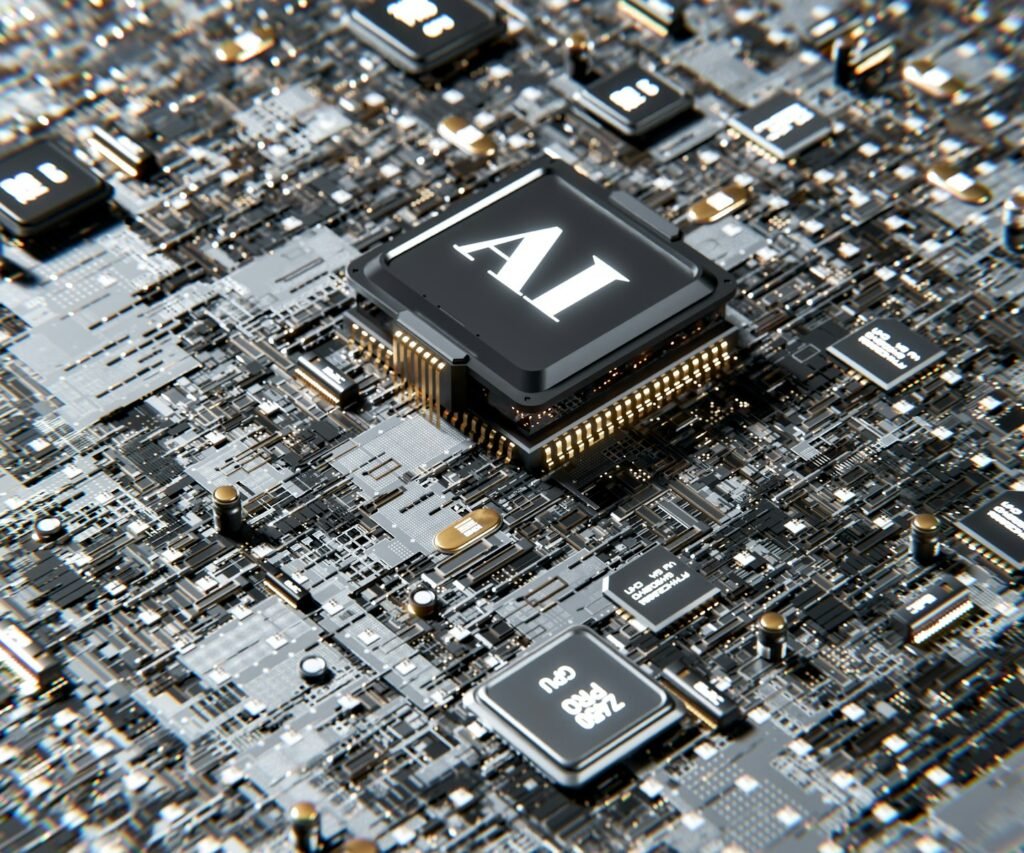
This discovery isn’t just about speed; it’s about changing the way electronics work. Think about:
- Phones that never freeze.
- AI that learns as it goes.
- Data centers that use less energy.
Fiete says, “We’re at a point where we need a new paradigm to keep moving forward.” “This could be it.”
What’s Next?
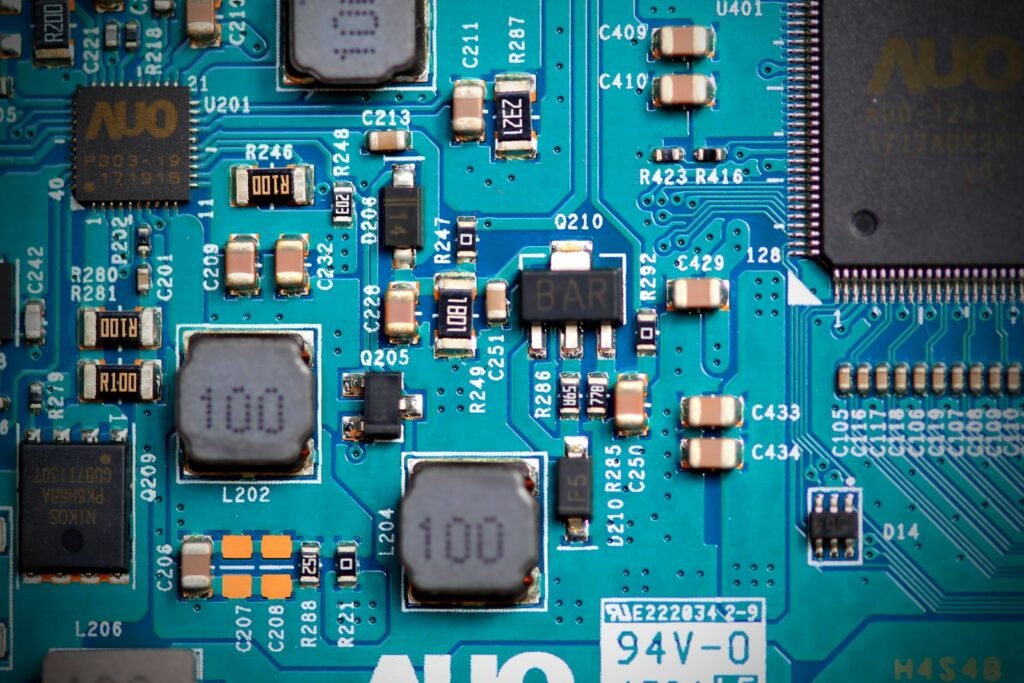
The team is now looking into:
- Other quantum materials that have similar properties.
- Ways to keep the effect stable at higher temperatures.
- Possible partnerships with companies that make semiconductors.
One thing is for sure: the future of computers just took a big step forward.
Final Thought
For years, experts have said that Moore’s Law, which says that computing power doubles every two years, was slowing down. But with discoveries like this, we might be about to completely change the rules. The time of quantum electronics that are fast and very efficient may be closer than we think.
Sources:

Suhail Ahmed is a passionate digital professional and nature enthusiast with over 8 years of experience in content strategy, SEO, web development, and digital operations. Alongside his freelance journey, Suhail actively contributes to nature and wildlife platforms like Discover Wildlife, where he channels his curiosity for the planet into engaging, educational storytelling.
With a strong background in managing digital ecosystems — from ecommerce stores and WordPress websites to social media and automation — Suhail merges technical precision with creative insight. His content reflects a rare balance: SEO-friendly yet deeply human, data-informed yet emotionally resonant.
Driven by a love for discovery and storytelling, Suhail believes in using digital platforms to amplify causes that matter — especially those protecting Earth’s biodiversity and inspiring sustainable living. Whether he’s managing online projects or crafting wildlife content, his goal remains the same: to inform, inspire, and leave a positive digital footprint.

